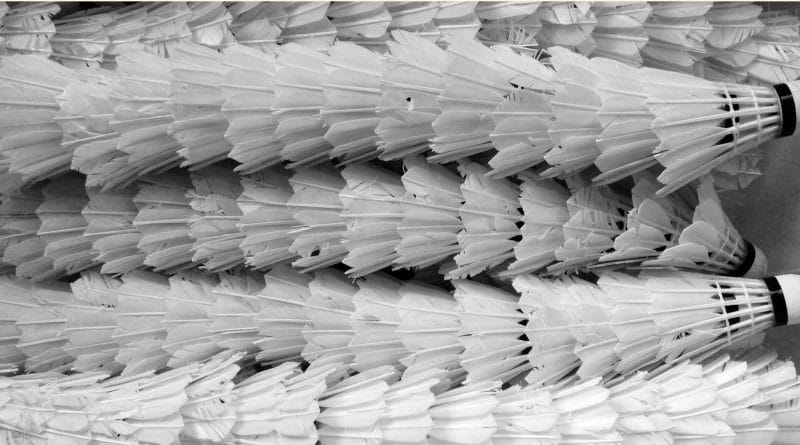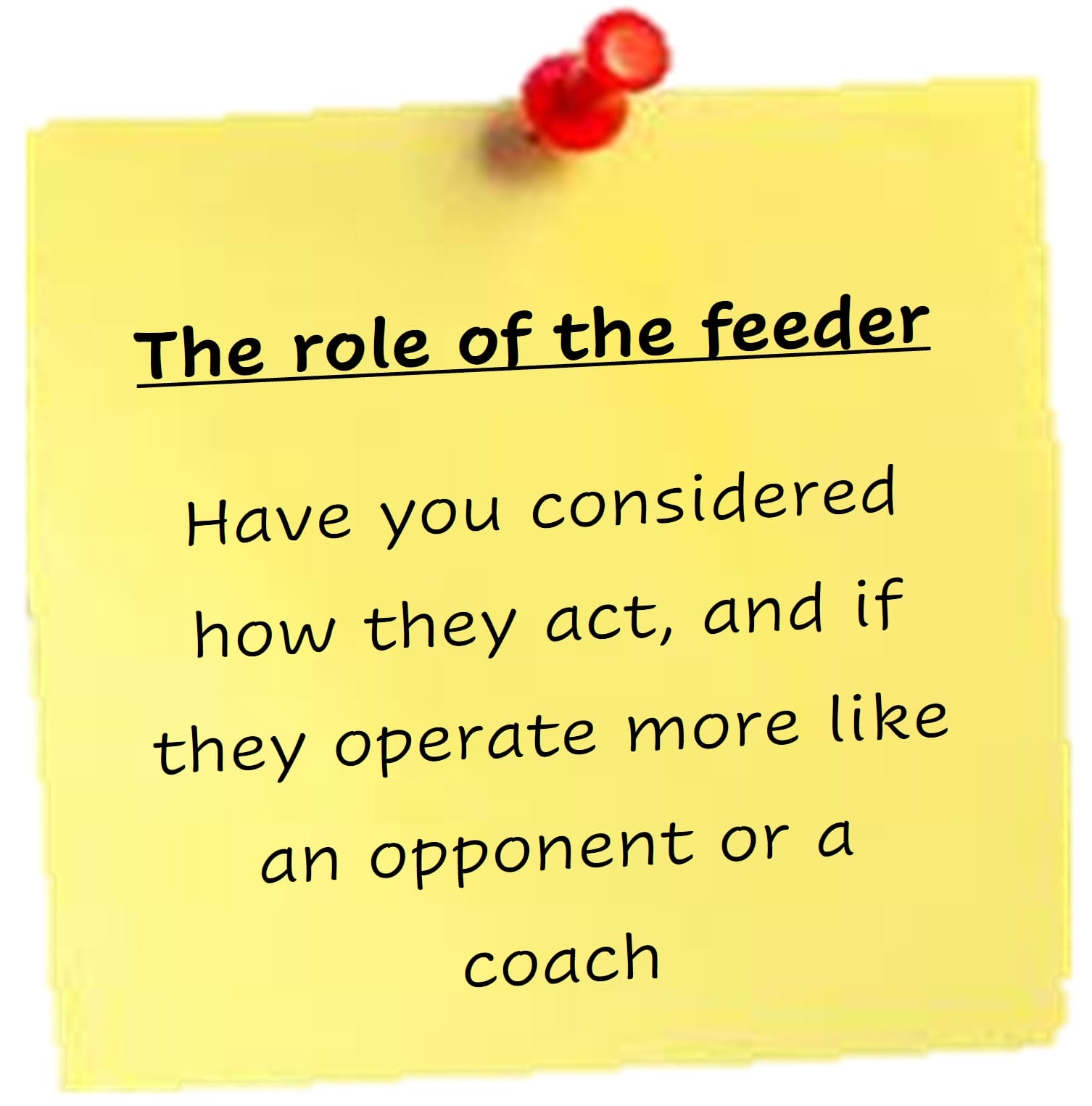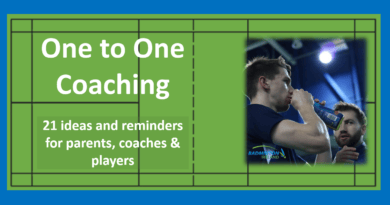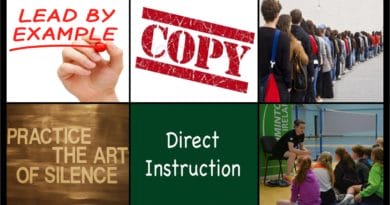What is Multi-shuttle?
How would you define a multi shuttle practice to someone?
If they came to watch your multi shuttle practice what would they see?
To have a discussion there needs to be a definition, otherwise, confusion is a possibility
What is your definition of a multi shuttle practice ?
How does it differ from the other practice types you use?
– – – – – – – – – – – – – – – – – –
My definition
Common elements in multi shuttle practices
What is NOT a multi-shuttle?
Why do we need this discussion?
If you want to read more about the different uses and advantages click here
– – – – – – – – – – – – – – – – – –
My definition
A multi shuttle is a practice where the feeder(s)* continuously feed (using many shuttles) and which continues until the feeder chooses to stop. They do this whilst making no attempt to return the hitter’s strokes throughout the multi shuttle practice.
The interval between shuttles, the speed (pace), and the trajectory of feeds from the feeder can be varied. Unlike a single shuttle (rally) practice if an error is made by either the feeder or the hitter the practice continues.
*multi-shuttle practices can have more than one feeder and more than one hitter.
NB. The above attempts to define multi-shuttle and explain the definition, not to discuss the merits or demerits of multi-shuttle.
The role of the feeder is crucial in the effectiveness or otherwise of the multi shuttle practice
Types of practice
Hand or racket feeding to develop
- Overspeed training
- Endurance training
- Reaction training
- Tactical & anticipation skills
- Technical skills
NB not all the types of multi shuttle are as effective as each other, it could be argued that some are ineffective.
– – – – – – – – – – – – – – – – – –
Common elements in multi shuttle practices
Speed of feeding: in this practice type the speed of feeding is seen as a variable and used to alter the practice as the feeder decides (planned or otherwise). Feeds can be faster than a game (overspeed) or deliberately delayed, again for planned intents.
The effect of errors and winners: In a true multi-shuttle practice, the feeder can continue the practice even if the hitter(s) make an error (hitting the shuttle out or in the net), or if the feeder makes an error or hits a winner (intentional or otherwise).
Whichever happens, the ‘error does not prevent the rally from continuing. This is clearly different from a single shuttle rally practice.
The intent of the feeder: as the feeder does not attempt to return the hitters’ stroke, and winners or errors from the hitter do not affect the practice, the feeder is the key to all multi shuttles practices. They alone decide when the practice ends, and where and when the next shuttle is delivered. This is again different from a single shuttle rally practice.
– – – – – – – – – – – – – – – – – –
What is NOT a multi-shuttle?
A practice cannot be classified as a multi shuttle if the hitters’ stroke has an effect on the rally (ie they make an error) or their stroke has an effect on the outcome of the feeders’ response. This type of practice is commonly known as a rally practice, a conditioned game, or a competition.
Neither can a single shuttle feed with a gap or pause between feeds be thought of as a multi shuttle. Especially, if the time gap between shuttles is used for player reflections or feedback.
In this case, multiple shuttles (help by the feeder) are a convenience to facilitate a practice that, in effect, is a series of single feeds (hand or racquet).
There are many variations of this practice type and I hope to post ideas on all types.
– – – – – – – – – – – – – – – – – –
Do you agree with these definitions?
Would you add more or disagree with any?
– – – – – – – – – – – – – – – – – –
This post isn’t looking at which type of multi is more useful than another
There are certain types of multi shuttle practices that are effective for a player’s development. Click here if you want to explore more about the effectiveness or otherwise of the use of the practices.
The key question is: what is the aim/goal of the practice and how are the practices designed or manipulated to achieve this.
Therefore to practice without thought (by coach/feeder and player) is less effective or at worse possibly harmful for development
– – – – – – – – – – – – – – – – – –
Why do we need this discussion?
As there is very little information (almost none) contained in Coach Education publications we need to start a discussion. My initial aim is to create thoughts and questions for both coaches and players to consider.
Then maybe in the future, someone will write advice/instructions, produce videos all aimed at ensuring that coaches understand the effectiveness and disadvantages of all the different types of multi shuttles.
All coaches need this information so that decisions can be made and alternatives considered.
You need to have a view and especially if it’s your ‘go-to’ practice type






